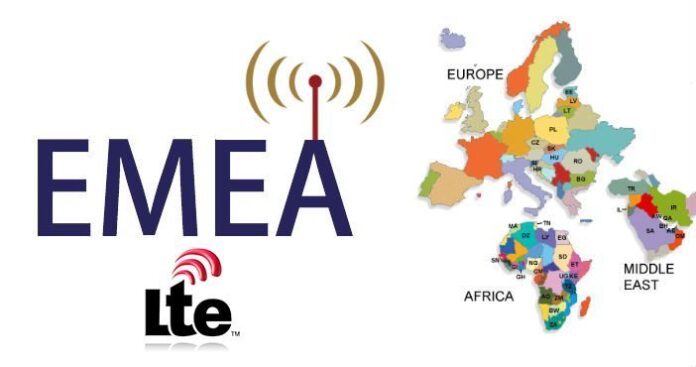Even as LTE becomes more prevalent in the U.S. and Asia, LTE is far from the mainstream in the Middle East, Africa and Europe. Observers often cite cost as one of the primary reasons for its slow growth — both the cost of the network deployment itself and of the devices that can access those networks.
RCR Wireless News recently took a close look at LTE growth in Europe, the Middle East and Africa, and the cost issue kept coming up again and again: LTE is too expensive for most customers. It is even perceived as unnecessary. After all, 3G networks are working well in many countries in Europe and the Middle East.
Mai Barakat, Ovum senior analyst for the Middle East and Northern Africa, put it the most directly. “There isn’t a demand that isn’t being met by 3G — 4G is more of a luxury thing to have,” she said.
It’s an attitude that even some carriers seem to embrace, especially when they charge more for LTE than 3G as does Vodafone in the U.K.
Certainly cost is a factor for customers everywhere, especially in parts of Africa and the Middle East where incomes are lower than in the developed world. Even in the relatively well-off Sweden, where one of the first LTE networks was launched, people are reluctant to shell out for a new phone to access the service. They don’t see the value: Their 3G networks and the old phones work just fine … for now.
Some business leaders and forward-thinking politicians recognized the need for a technology earlier than the people who will eventually want it. While the general public in Europe is just beginning to think about 4G, there’s already a great push on in Europe to go beyond LTE and advance to “5G.”
This may seem premature, considering LTE made up only 3% of connections in Europe in 2013. Yet, the fact is that the development of new applications and services will eventually raise customer demand for faster, better quality connection — for LTE and beyond. Telcos and governments who control the necessary spectrum cannot wait for that demand to arrive; it will be far too late.
“No time to waste, it is urgent to act. If we do not accelerate our efforts we will fall further behind,” Rene Obermann, the former head of Deutsche Telekom, urged in a recent article aimed at the incoming European Commission. Obermann argued that all the speed the telcos build will eventually be used.
“I have heard that ‘who needs the speed?’ argument before. It is as though we do not learn,” Obermann wrote. “Fifteen years ago, many questioned the need for DSL. Ten years ago, the app-economy wasn’t even born yet, ultra-high definition was not at the horizon, neither were Netflix nor Spotify; cars weren’t connected and video-conferencing was not popular. Many thought that 3G wireless would never be used much.”
It’s hard to imagine what future services will demand 5G technologies, but there’s already a potential market for some of the apps and services that exist now, and that market will be missed if LTE is not made more accessible.
There’s been a slow release of sub-1 GHz spectrum in much of the EMEA region, including some parts of Europe. This has certainly hindered infrastructure development, but that’s only part of the problem.
The overall cost of LTE needs to come down to reach a wider market. Handset subsidies would certainly help and the arrival of $100 smartphones would open up access to millions of lower-income customers.
Most of all, it requires a change of attitude because if LTE is seen as a luxury item, many customers will put off buying into it. And the perception of LTE as a luxury item will remain as long as it is priced like one.

